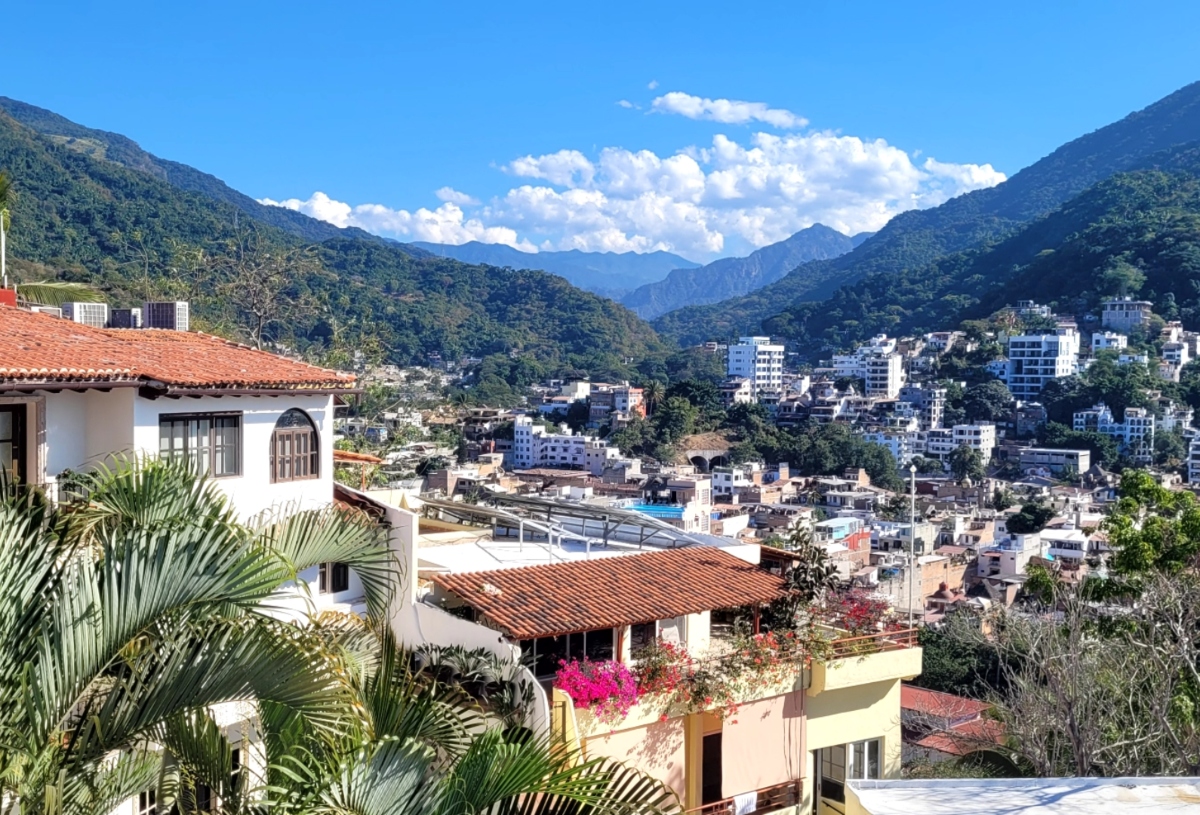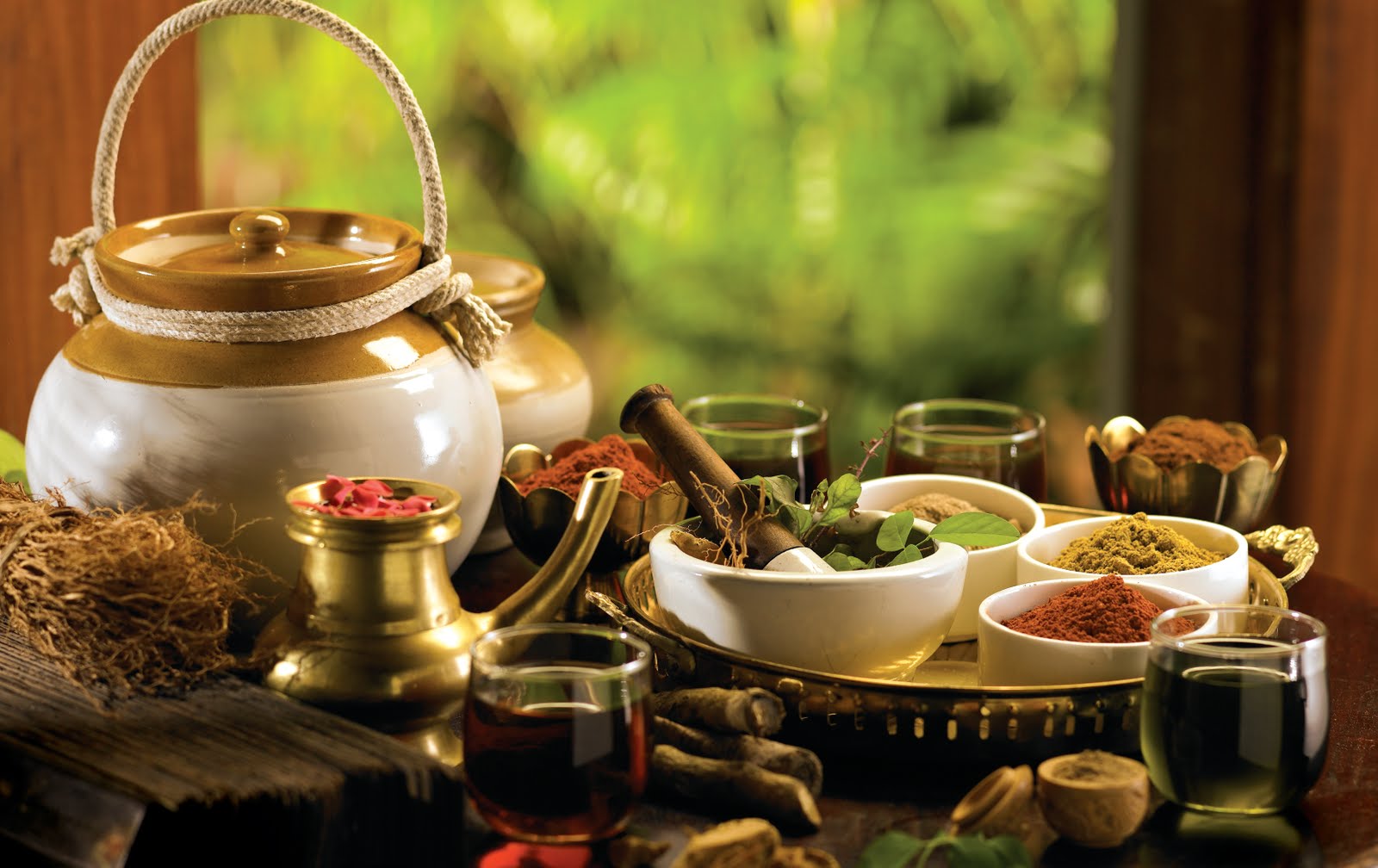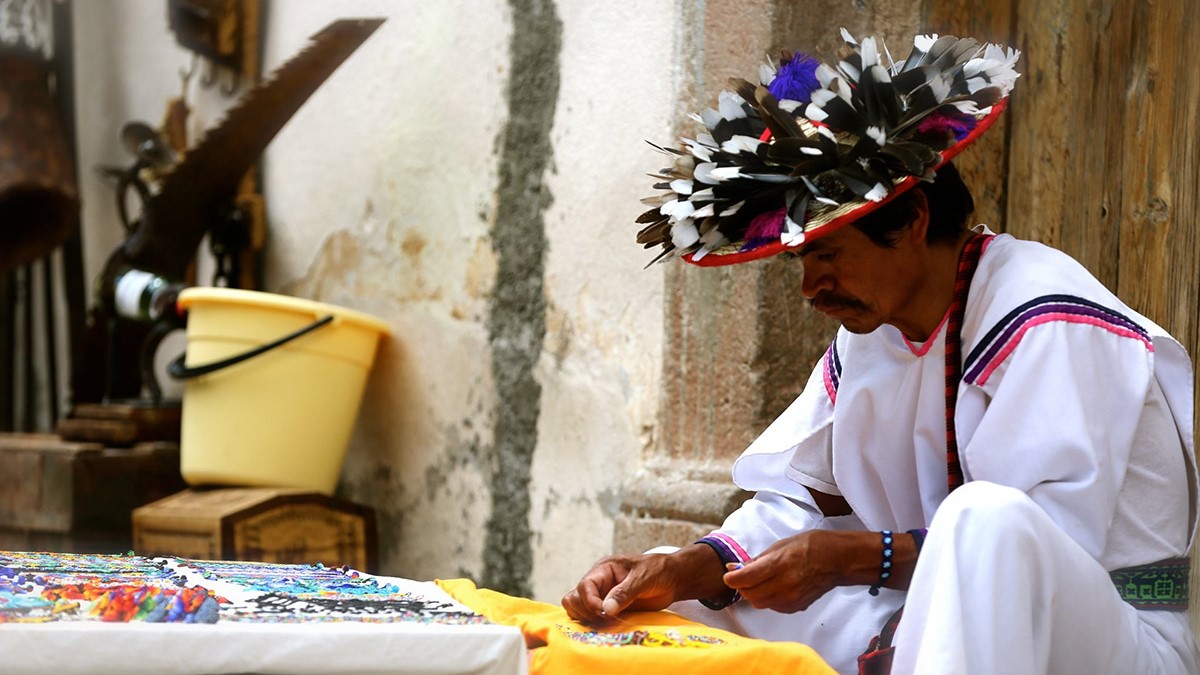
Huichol culture, one of a kind
January 11, 2023
The Huicholes are an indigenous group found in Mexico’s states of Jalisco, Nayarit, Zacatecas, and Durango. Many live in the mountains that separate these states (the Sierra Madre Occidental). The Huichols call themselves Wixárika, which means “the people” in their native Huichol language.
Huichol Religious Practices
According to the Huicholes, peyote, corn, blue deer, and eagle are all decedents of “Tao Jreeku,” the sun god. The deer serves as the culture’s trickster and hero, the corn serves as a goddess who also keeps the ground fertile with her rain, and peyote serves as a gateway to the spiritual world. The eagle is represented as a female sky deity.
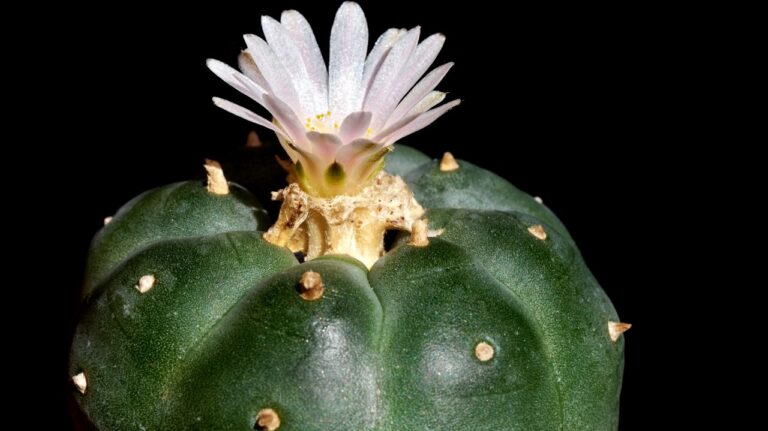
Numerous Huichol religious practices involve the usage of peyote. The ceremonies typically involve singing and weeping and are carried out to make contact with the ancestors’ spirits.
The Huichol travel to Wirikuta on a pilgrimage once a year to gather peyote. They pass the springs of Tatéi Matinieri, the home of the eastern rain goddess, as they go. When they get to Wirikuta, they start looking, sharing the first cactus they come across with the others. They ensure that they gather enough peyote for the entire year. After finishing this, the Huichol consume peyote to experience “visions.” Through these visions, the shaman communicates with the gods to assure the preservation and renewal of the Huichols’ souls.
Huichol Lifestyle
The Huichol marry between the ages of fourteen and seventeen, and marriages are frequently arranged by the couple’s parents. Families of the Huichol people live in rancho (ranch) communities with shared kitchens and “xiriki,” or family shrines. The roofs of the ranchos are made of grass thatch and are covered in stone construction.
Deities portrayed in wood, ceremonial items, deerskin bows and arrows, log drums, clay pots, and other items are all used to create xiriki. The little crystal bundle attached to the prayer arrow and representing a departed ancestor is the most significant component of the xiriki (most often a shaman). This bundle serves as the rancho neighborhood’s watchman.
A temple district is an area where linked ranchos are located. A council of older men known as “kawiterutsixi,” usually referred to as shamans, oversees each community district, which is made up of smaller temple districts that make up a bigger community district.
A third of adult Huichol men are low-level shamans who can interact with ancestral deities through prayers, chants, and symbolic drawings.
Huichol Art
The Huichol produce a wide range of artistic works, such as hats, prayer arrows, embroidered bags (called “cuchuries”), needlework, and beadwork.
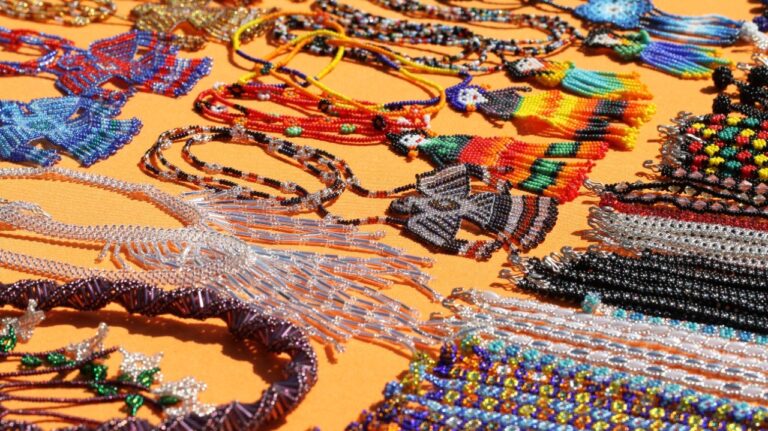
Making “nieli’ka” is among the most significant artistic practices in Huichol culture. Nieli’kas are tiny, hole-in-the-center, circular or square amulets. They have threads of yarn pressed into them to make lovely patterns, and they are covered in resin and beeswax. Nieli’kas are located in holy locations including shrines, springs, caverns, and temples.
The Huichol culture has survived for a long time and continues to adhere to its original customs and rituals today. It is a fascinating part in Mexican history. The Huichol people take great pride in their culture and way of life.
------ADVERTISEMENT------
------ADVERTISEMENT------
------ADVERTISEMENT------
------ADVERTISEMENT------

